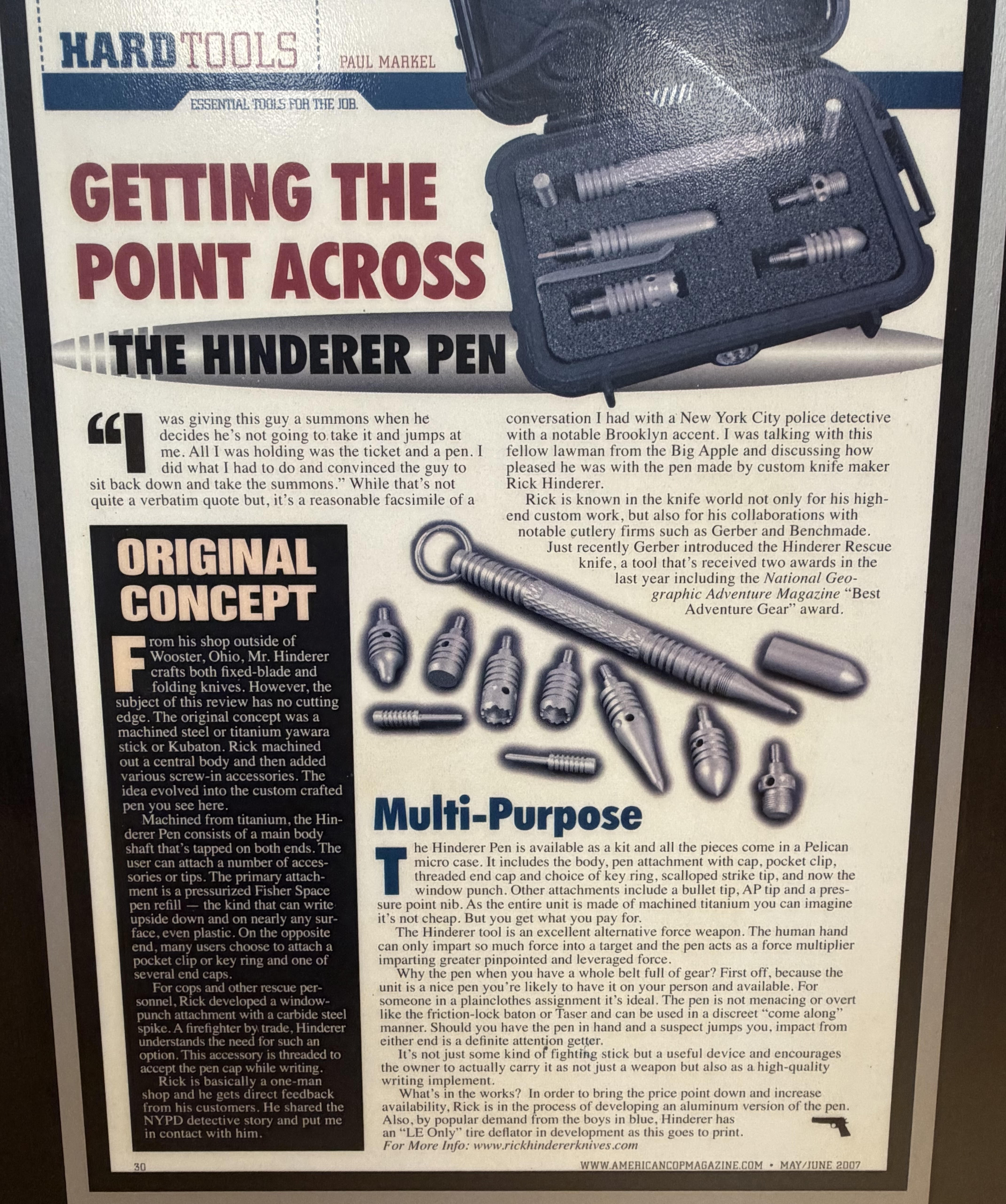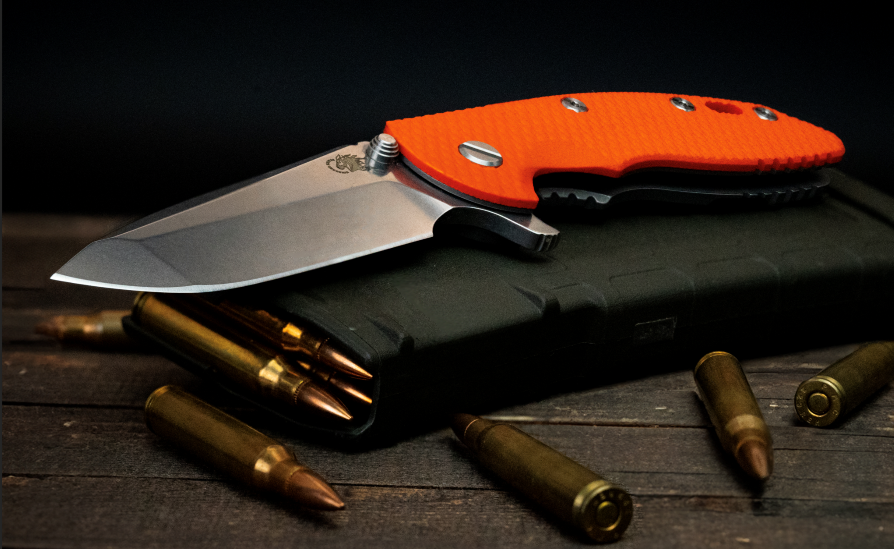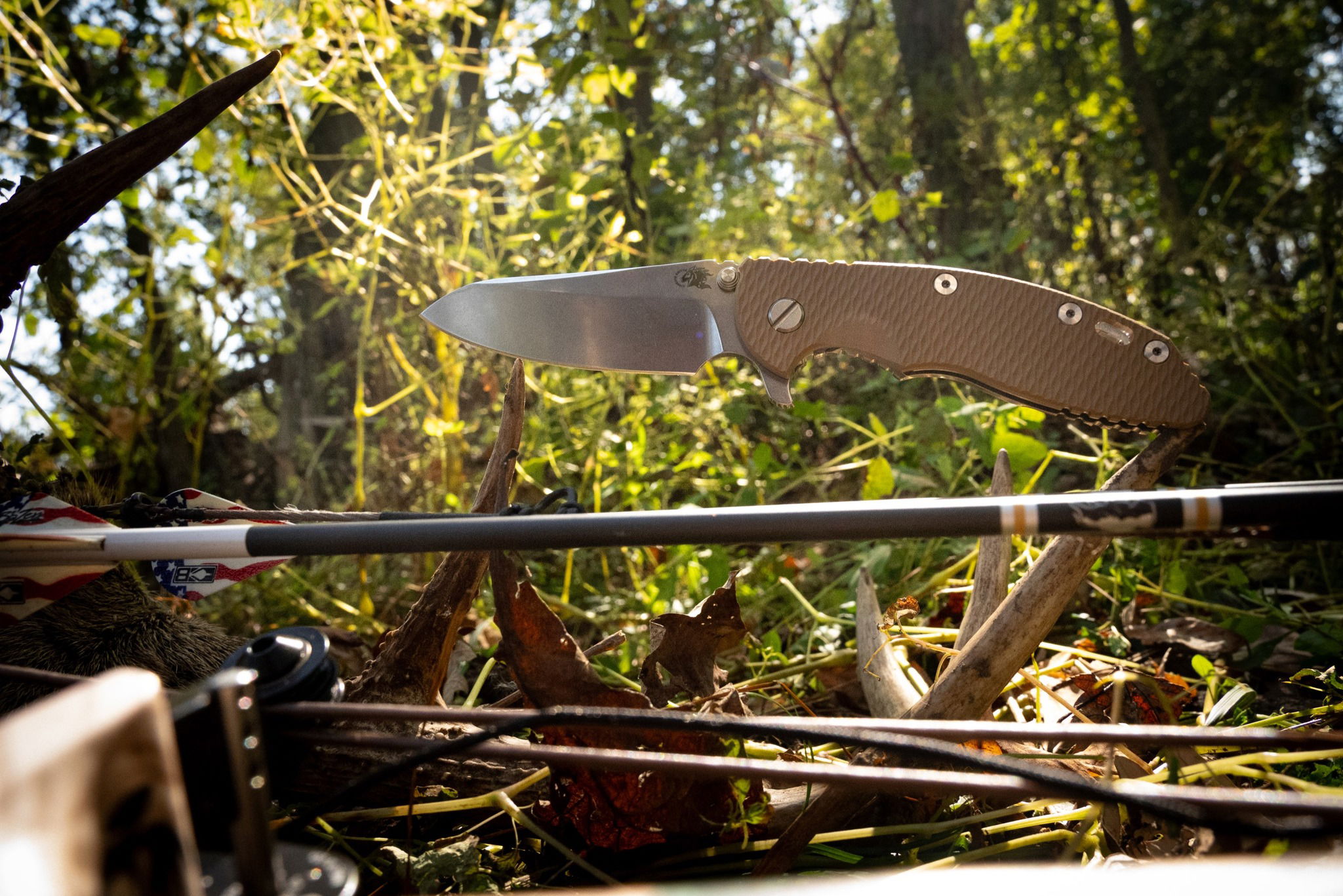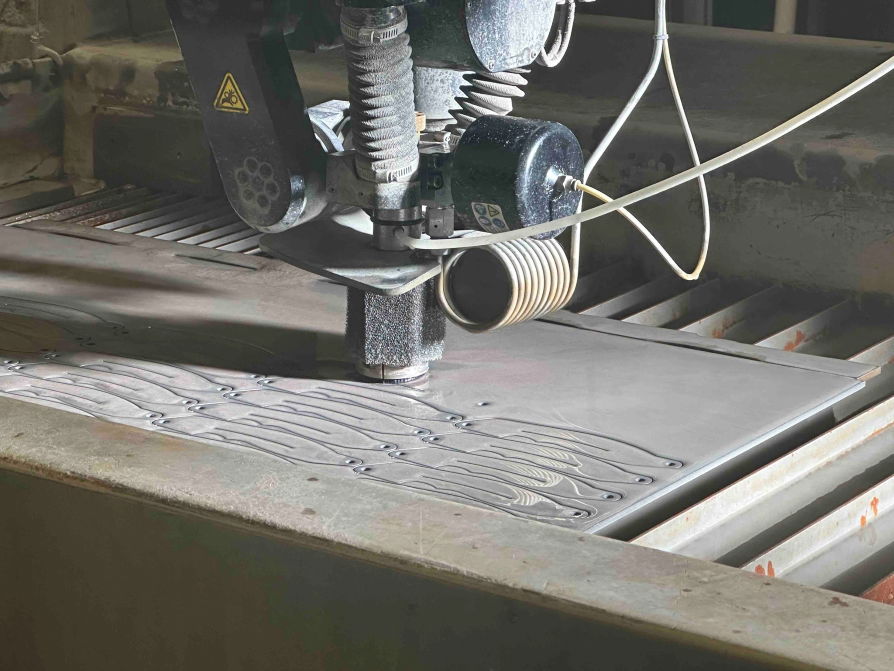The Origin of the Tactical Pen: How Rick Hinderer Created a Category
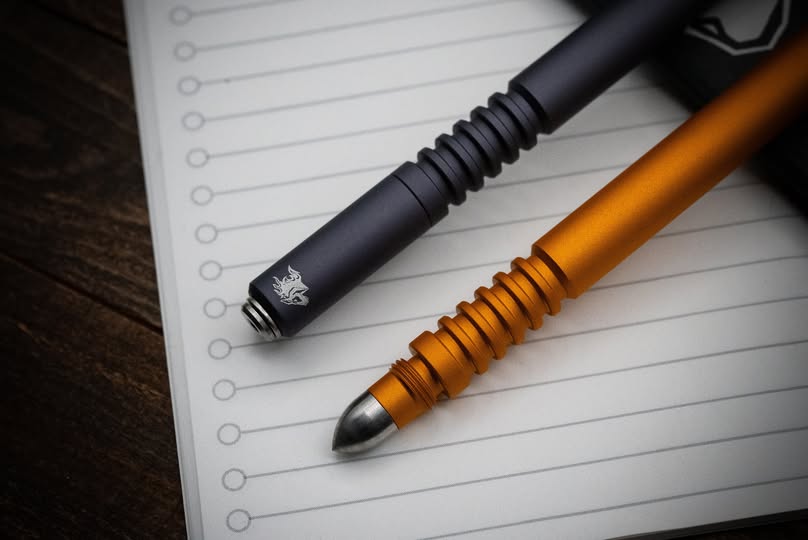

Live the Lifestyle
Subscribe to our lifestyle blog and be the first to receive latest articles, videos, how-to information and customer photos
When most people think of Rick Hinderer, they think knives — rugged, overbuilt, American-made tools that define hard use. But long before the XM-18 became a household name among knife enthusiasts, Rick was experimenting with something different: pens. And not just any pens — the very first tactical pens.
The Beginning: From Damascus Art to Everyday Utility
Back in the early 2000s, a customer asked Rick to make a pen. At the time, he was crafting knives — but it sparked something unexpected. Rick dove into the world of fine writing instruments, even attending pen shows, studying fountain pen designs, and experimenting with materials like Damascus steel, mokume, and mammoth ivory.
Those early pieces were more works of art than tools, but they introduced Rick to a whole new skillset — precision threading, tight tolerances, and eventually, CNC machining. In fact, his first CNC lathe purchase came from his desire to cut complex threads used in high-end pens, a decision that would later revolutionize how he built knives, too.
From Kubaton to Concept
Years before “tactical pen” became a buzzword, Rick was training in martial arts and making kubatons — compact, key-ring-style self-defense tools. They were simple, effective, and always within reach, which was the point. A weapon doesn’t help if it’s not with you.
That idea — accessibility and practicality — stuck with him. One day, while studying a kubaton design with a pointed end, he realized something: it looked a lot like a pen tip. What if you could combine the two? A functional writing tool that doubled as a defensive instrument — something you could carry anywhere.
That was the light-bulb moment.
The Birth of the Tactical Pen
Rick began modifying his kubaton design, threading both ends to accept interchangeable strike tips and accessories. Soon, he developed what he called the Modular Kubaton, which could be configured with different end attachments — including one that transformed it into a working pen.
That innovation became what the world now recognizes as the first tactical pen — a tool designed first and foremost for self-defense, with writing as a secondary function. Built from titanium and aerospace-grade materials, it was designed to withstand impact, pressure, and daily abuse — something no plastic pen could match.
An article in American Cop Magazine even featured Rick’s Modular Kubaton in the early 2000s, with real-world stories from law enforcement officers using it in the field. The concept took off.
From Modular Kubaton to Extreme Duty
After the success of the Modular Kubaton, Rick decided to create a dedicated model — a standalone self-defense pen. The result was the Extreme Duty Pen. Rugged, overbuilt, and unmistakably Hinderer, the Extreme Duty carried forward the same design philosophy found in his knives: purposeful geometry, functional grip, and unmatched strength.
The deep, machined grooves weren’t just aesthetic — they kept the pen from slipping during strikes or high-pressure use. Every surface, from the titanium clip to the stainless tip, was built to endure. As Rick put it, you don’t design a tool like this to “write a book with it” — you design it to survive the unexpected.
The Investigator: Compact Strength
As the Extreme Duty gained traction, Rick saw another need: a smaller, more discreet version. Enter the Investigator Pen — named for the detectives and officers who needed a lightweight, easy-to-carry pen with the same strength as its big brother.
At just 3/8" in diameter, it offered incredible control while still maintaining the striking capability of a tactical tool. Like all Hinderer pens, it used Fisher Space Pen pressurized refills, chosen for their reliability and toughness — they can write upside down, in water, and through the elements.
The Investigator embodied the idea that something small could still be formidable. And, a longer version was added for those who preferred a bit more grip .
A Legacy of Innovation
What started as a single customer request evolved into an entirely new product category — one now replicated across the industry. Rick didn’t set out to make “tactical pens” because the term didn’t exist yet. He set out to make a better tool — something reliable, modular, and practical.
Every Hinderer pen since — from the Extreme Duty to the Investigator — carries that same DNA. Precision. Durability. Purpose.
As Rick often says, “I always like options.” That philosophy runs through every design that leaves The Ranch. Whether it’s a knife, a pen, or something entirely new, it’s built to perform and made to last.
Frequently Asked Questions
Who invented the tactical pen?
What makes a tactical pen different from a regular pen?
What was Rick Hinderer’s first tactical pen design?
What’s the difference between the Extreme Duty and Investigator pens?
What refill do Hinderer Pens use?
